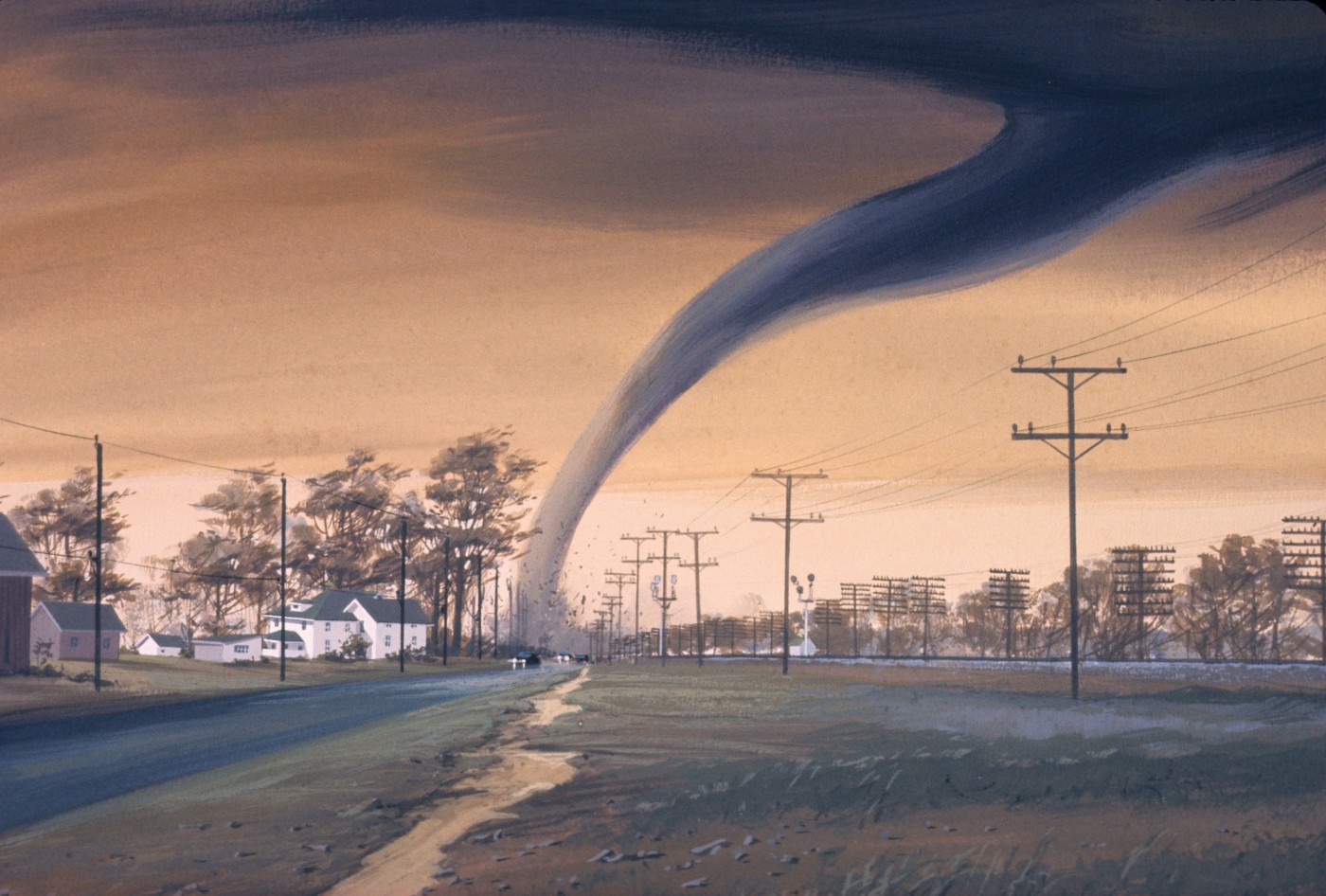From pandemics to hurricanes: hedge funds find gold in disaster
Hurricane Ian rocked the United States in 2022. Mass flooding, tempestuous winds, and far-reaching property and infrastructure destruction hit the states of Florida and North Carolina. These set of events reinforced the obvious point that climate change could pose clear and present risks to communities and economies.
Overnight, households found themselves missing walls, and office buildings were deep underwater. Estimated costs after the storm hovered at around $112.9 billion. One sector that paid attention to this disaster was finance. Where traditionally financial markets and institutions had jumped up and down to finance the next big oil project, they had now woken up to the double-edged sword of risk and opportunity represented by climate change.
Climate change for hedge funds and investment bankers was no longer just about disappointment over an oil spill creating a little bit too much oil and not enough salmon in their pan-fried salmon. Now it was about the physical costs of climate change, which might make the same bankers feel horror at the mysterious disappearance of their Florida vacation homes. Insurance companies have started to take the brunt of the results of climate change, with a growing demand for property and natural disaster insurance by both households and companies.
Separation from general economic trends and market conditions is a key attraction of CAT bonds
In the wake of Hurricane Ian and other natural disasters, only 60% of the losses linked to Hurricane Ian were insured: after the hurricane the value of residential insurance surged from 8% to 20%. Both the insurance and finance sector at large have noticed, and this has boosted the growth of CAT bonds, a once obscure area of bonds, and I’m not talking about our furry friends here. CAT bonds are a quickly growing asset class getting big attention from insurance companies and hedge funds, which have raked in large returns on this investment class.
So, what are CAT bonds, where did they come from, and what can they tell us about broader trends?
Catastrophe (or CAT) bonds were created in the ’90s as a solution to the risk of natural disasters. They were issued by insurance companies like AIG to cover the costs of payments after the fallout of a disaster. Insurance and reinsurance companies issue bonds to investors, and if a disaster takes place, obligations are automatically triggered, making bondholders pay the costs of a proportion of the damage. While these bonds are not triggered, the bond issuer pays comparably high interest rates to compensate for the high level of risk.
Uncertain economic conditions and the lingering threat of climate change resulting in wide-scale natural disasters have made the CAT bond market grow from $2 billion in 2002 to around $45 billion in 2024. Catastrophe bonds are becoming an important avenue for financing by insurance companies as individuals and businesses around the world want to protect against disasters.
Catastrophe bonds have provided exceptional opportunities for high returns for hedge fund investors
Persistent inflation has increased reconstruction and raw material costs, and as insurance companies feel the pressure, CAT bonds are their solution to the problem. 2023 saw a record value of over $15 billion of new CAT bonds issued. This demand by the insurance industry has been corroborated by hedge funds incorporating CAT bonds into their overall investment strategies. An age of high interest rates and a laser focus by investors on what central bankers are about to do makes CAT bonds an important fixed income to diversify a portfolio. Separation from general economic trends and market conditions is a key attraction of CAT bonds, as their growth and value are marked by natural disasters and are not influenced by other market dynamics.
Alongside the benefit of diversification, catastrophe bonds have provided exceptional opportunities for high returns for hedge fund investors. While the average yearly return on corporate fixed incomes stood at 5% in 2023, by contrast, CAT returns by the London hedge fund Tenax were 18%. Outsized returns are not just restricted to one fortunate hedge fund, as the consultancy Preqin found that hedge fund strategies that focus on disaster-related bonds returned 14% in 2023. Although, in theory, disaster bonds pose high risks as some or all of the capital of an investor can be lost if a bond is triggered, the complex models and forecasts used by hedge funds and other institutional investors have so far provided investors with a strong chance of winning big and having very little to lose.
Invigorated by high returns and a steady stream of finance, both hedge funds and insurance companies alike are set to continue to utilise CAT bonds in 2024 and beyond.

Comments